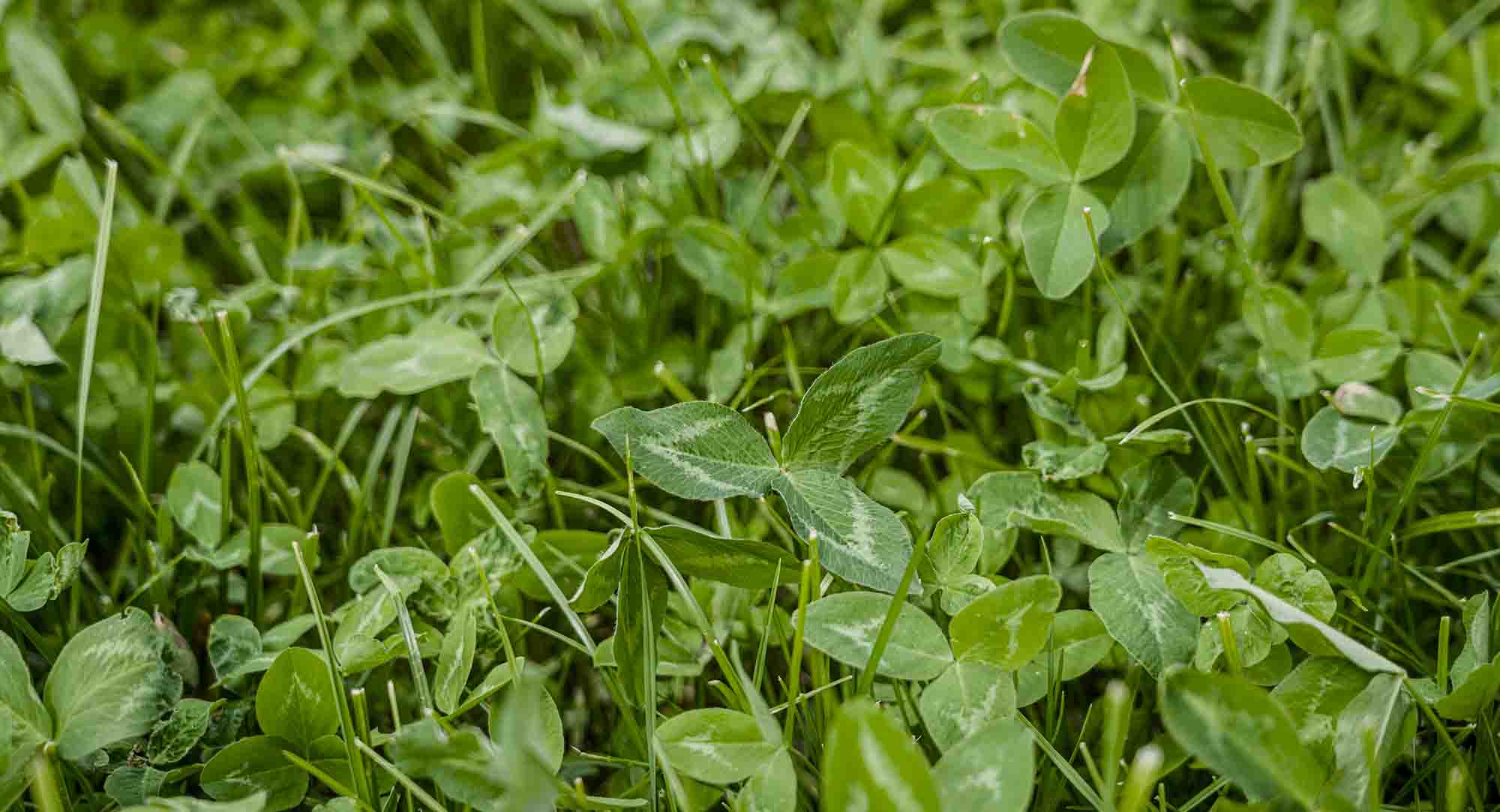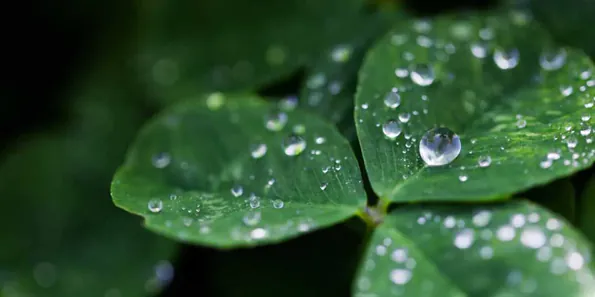Tips for sowing clover lawn seed

Whether you’re sowing clover seed for the first time or want some advice when overseeding using clover lawn in your garden, we share some tips for planting clover lawn seed to ensure it grows as well as it can.
Unlike traditional clovers that can be at risk during drought and cold conditions, our unique clover lawn seed - with its deep rooting system - enables it to grow well in the UK all year round! This also means that using our clover lawn seed mix ensures your clover will grow strong and be green and healthy, even when water is limited.
Is sowing a clover lawn different from sowing grass seed?
Sowing a clover lawn is easy; the process is very similar to sowing grass seed, and it can be done by simply scattering the seeds across your lawn.
Why is clover good for your lawn?
The micro-clover we use in our clover lawn seed mix is drought-tolerant and grows very well in most UK soil conditions. The clover seedings in this mix grow a tap root system that forms deep inside the soil. It then breaks down and creates new stems that travel through the soil, spread out and make new plants along the way!
When to sow a clover lawn
- Our clover lawn seed can be sown in the spring or autumn
- Clover lawn seed needs a soil temperature over 8 degrees Celsius to germinate
- This is usually reached in mid-March in the UK
- Spring-sown clover lawn seed usually establishes well and grows quickly
How to sow a clover lawn
We recommend sowing the clover seed at a rate of 50g of seed per metre-squared. Clover also needs a temperature of 8 degrees Celsius (and above) to germinate. But remember, if you’re sowing clover at the same time as grass seed (like our ECO: Clover Lawn seed mix), you will need consistent temperatures of 8-10 degrees day and night for at least two weeks to ensure the grass seeds get the right conditions to germinate.
When sowing a new clover lawn, you want to sow the seeds between 5mm and 10mm beneath the surface. A good rule to follow is to have the seed covered in the soil with a thickness of approximately three £1 coins stacked together.
- Dig the soil over to a depth of 20-25cm
- Remove weeds by hand or use a weed killer
- Add topsoil if you believe the soil to be poor quality
- Rake the area to get a level seedbed
- Allow the area to cultivate for 10-14 days. This encourages dormant weeds to come to the surface, which can then be removed by hand.
- Sow the seed at our recommended rate of 50g per m2
- Rake the seed in after sowing so that the seed is in amongst the soil
- Firm down by foot or by using a roller to improve seed-to-soil contact

Clover lawn seeding aftercare
Clover is a hardy and beautiful plant that requires virtually no maintenance once established. So, aside from the essential care, any other love you show your new clover lawn seedlings is down to personal preference.
Essential clover lawn care
Watering your clover lawn
Your new clover lawn requires watering daily for the first four weeks until you have a fully established lawn. This is because keeping clover and grass seeds moist speeds up their germination rate. And thanks to its clever rooting system, you don’t need to water it as often as regular grass seed once established. This also means it is ideal for those wanting to cut back on their water usage!
Clover also does not grow well in waterlogged soils, which gives you another reason not to use as much water.
Optional clover lawn care
Mowing your clover lawn
Clover lawns are low-growing. This means you don’t need to mow it as frequently as a regular grass lawn. However, if you trim your clover lawn, you should set your mower to the ideal height for cutting the grass.
It is also worth mentioning that you need to cut only the grass; you can set your mower to a medium/high setting without impacting the clover.
Avoid using fertiliser on your clover lawn
Clover is a hardy plant that will outgrow most typical UK garden weeds. For the most part, clover can look after itself and doesn’t require much upkeep!
For those pesky weeds that remain, take the time to remove them by hand, and don’t be tempted to use a weed-killer product, as this will target the clover! And with its nitrogen-fixing ability, a clover lawn will keep your garden green and healthy without adding additional fertiliser!